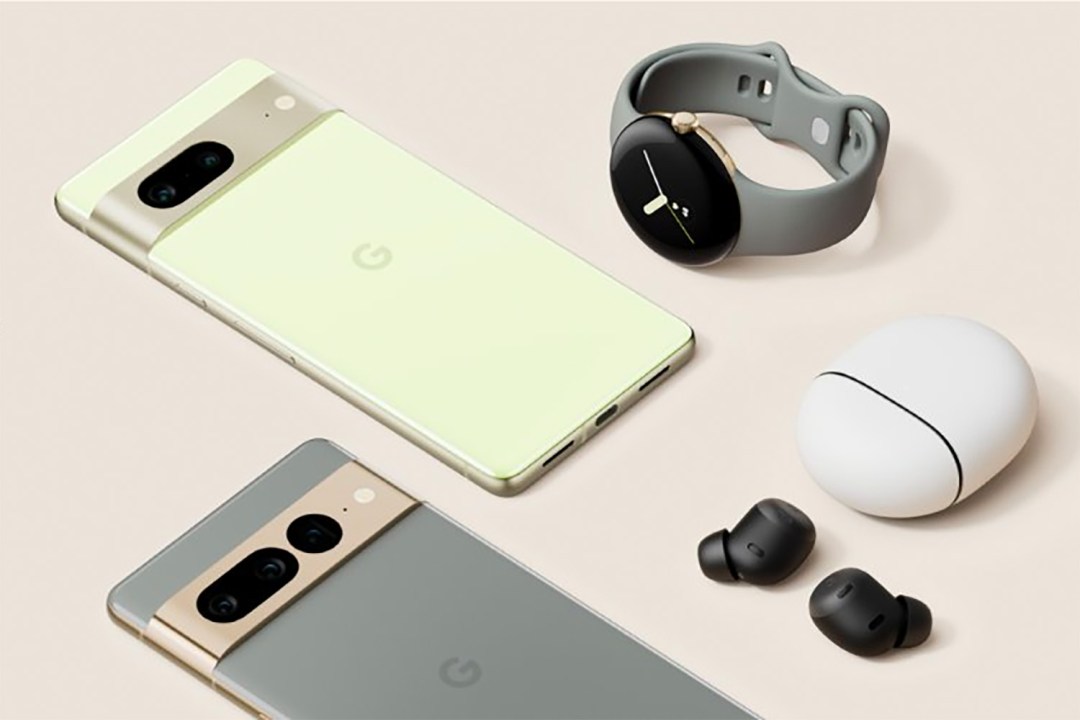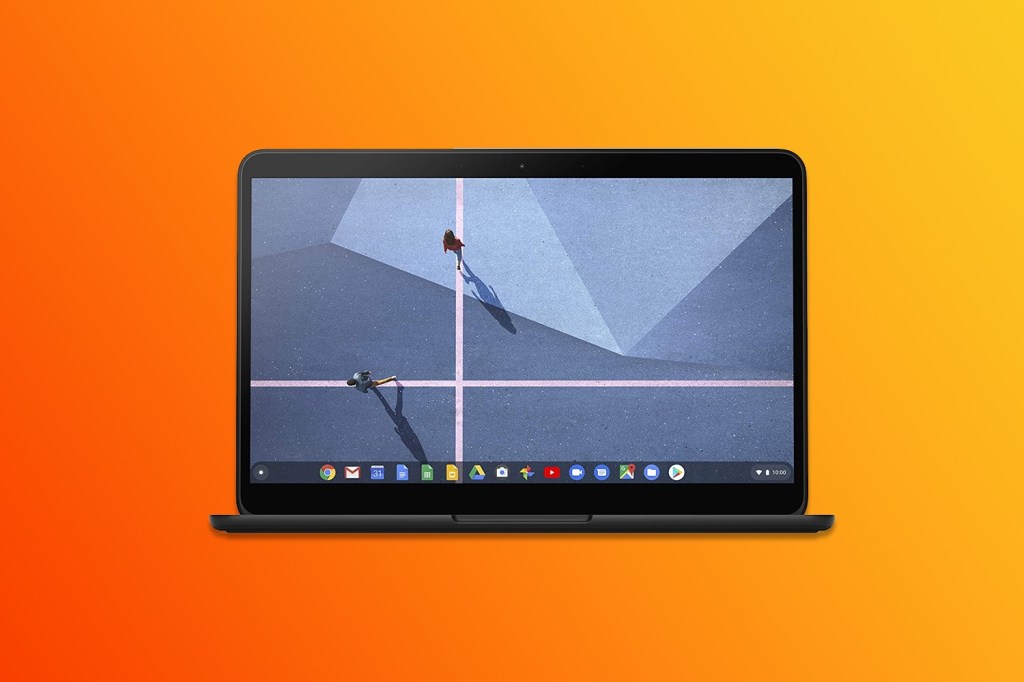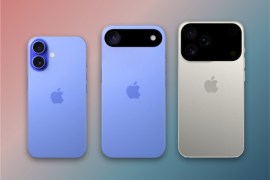Google’s Pixel Portfolio ecosystem is here, but has some way to go
Missing devices and services leave a hole in Google's walled garden

Google’s October event saw the Pixel 7 line-up land alongside the long-awaited Pixel Watch. There was also talk of a tablet coming soon (though that’s still a little way off), but eagle-eared viewers picked up on another significant announcement: the Pixel Portfolio.
“What’s that?” you might ask. Well, it’s the tech giant’s new name for its growing ecosystem of products, one it hammered home throughout the event.
The idea isn’t new: Apple and Samsung both offer solid ecosystems. This is the first time Google is putting up the fences to its own walled garden, with a series of products (some available now, some planned for later) that work together seamlessly. We just wonder if it goes far enough – or if Google has left a gaping hole.
Pixel Portfoli-trio: The (few) devices in Google’s ecosystem
With the Pixel Watch finally making its debut, Google now boasts three “seamless” products: Pixel phones, the Watch, and the Pixel Buds wireless headphones.
Your Pixel accessories seamlessly pair with your phone, and are tight integrated with Android. Lost your Pixel Buds? You can find ’em with your phone, as well as adjust the EQ and change ANC settings. Rich notifications fire from your phone to the Pixel Watch, and all your health data syncs right back. But beyond that, almost all the Google Assistant and Google Home smart features are available across all Android devices.
Do three products make an ecosystem, though? If you judge it based on competitors, the Pixel Portfolio is currently lacking tablet and laptop entries. Without those, there’ll be no notification sync, no continuation of tasks, no using the same mouse across devices, and no easy file transfers (all of which you’ll find across Apple’s line-up). That means the usefulness of the Pixel Portfolio remains limited – quite literally, to only the devices on your person.
Sure, the Pixel Tablet will land next year. But Google has a rocky history with tablets (its last one was back in 2018 with the Pixel Slate), and is remaining tight-lipped about things like specs and screen. Chromebooks are of course a big deal, but where’s Google’s own-brand version? The last Pixelbook released back in 2019, and future ones seem to be on hold.

Ecosyst-isn’t: Can Google even call the Pixel Portfolio an ecosystem?
Expanding the ecosystem out to laptops would certainly get Google closer to matching Apple’s currently peerless interconnectivity. Not only can you start music on your iPhone, skip tracks on your Apple Watch, hear it through your AirPods, and wave playback over to your HomePod, but you can easily transfer your headphones to your MacBook, then drag a document to your iPad using the same mouse.
Apple’s feature-rich, fully developed ecosystem has had years to mature, and is one of the reasons many people buy the firm’s premium products.
Yes, I’m an Apple guy, but it’s still possible to deliver a solid ecosystem over on the dark Android side. Samsung does a rather splendid job with its Galaxy smartphones, smartwatches, earbuds, tablets, laptops, and smart home gear. There’s similar easy-pair, carry-over, and seamless synchronisation. Huawei’s having a good crack at it too.

Maybe if Google had teased features for ChromeOS during its announcement, we’d be more confident the firm’s ambitions are suitably grand. What was shown is at least a solid start, and feels like it has been a long time coming. It’s good to see Google make it off the starting block – but we’re still a long way from the finish line.


